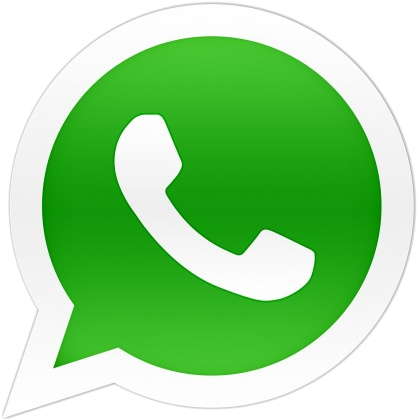Own (autologous) bone marrow stem cells transplantation
In case, when family did not store cord blood for child, there is alternative variant – own (autologous) bone marrow stem cell transplantation. In this case patient’s own bone marrow is collected from ileum bone under general anesthesia. This procedure will find place in surgery room and 50-100 ml bone marrow is collected. Then bone marrow mononuclear cells are separated. These fraction contain hematopoietic stem cells (CD45+/CD34+), mesenchymal stem cells – MSC (CD45-/CD105+/CD45+/CD73+) and CD14+ cells. Cells are resuspended in 1,5 ml of isotonic solution and under general anesthesia injected intrathecally. Bone marrow CD34+ cell and MSC secret brain-derived neurotrophic factor (BDNF), nerve growth factor (NGF) and vascular endothelial growth factor (VEGF), hepatocyte growth factor (HGF), which are neuroprotective and support neuroregeneration. MSCs have also immunoregulatory and immunosuppressive properties.
Intrathecal injection of bone marrow mononuclear cells can improve functionality of autist children brain. Cells are acting on the key regions which are altered in autism:
сortex, cerebellum and limbic system.
There are several positive influences on brain:
- Bone marrow stem cells secret VEGF and thus support angiogenesis and improvement of hypoperfusion of brain – typical pathogenic factor in autism and improvement brain hypoxia, what means improvement of neuroregeneration and brain metabolism.
- Neurotrophins – growth factors, which are substances, support brain cell development, growth and survival.
- CB Monocytes – CD14+ cells protect brain cells from oxygen and glucose deprivation in cortex. CB-CD14+ improves neurons surviving.
- Mesenchymal stem cells can improve immune dysregulation, typical for autism and as result suppress glial activation and thus, neuroinflamation in brain.
- Intrathecal transplantation is an accepted route for neurodegenerative disease and posttraumatic cell therapy. In IV injection approximately 2/3 of transplanted cells are caught in lung, spleen and liver and never reach the brain circulation. From remained 1/3, which reaches the brain vessels, very few cells migrate through Blood-Brain-Barrier. IT injection means circumvention of the large blood circulation and blood-brain barrier. After intrathecal injection all cells reach the involved regions of brain.
Neuronal regeneration, angiogenesis, immunoregulatory effect on neuroinflammation, glial improvement, axonal regeneration, connectivity and circuity improvement occur and behavioral, social interaction, adaptation, language skill and vocabulary improvement are final results.
Bone marrow transplantation is always autologous.





